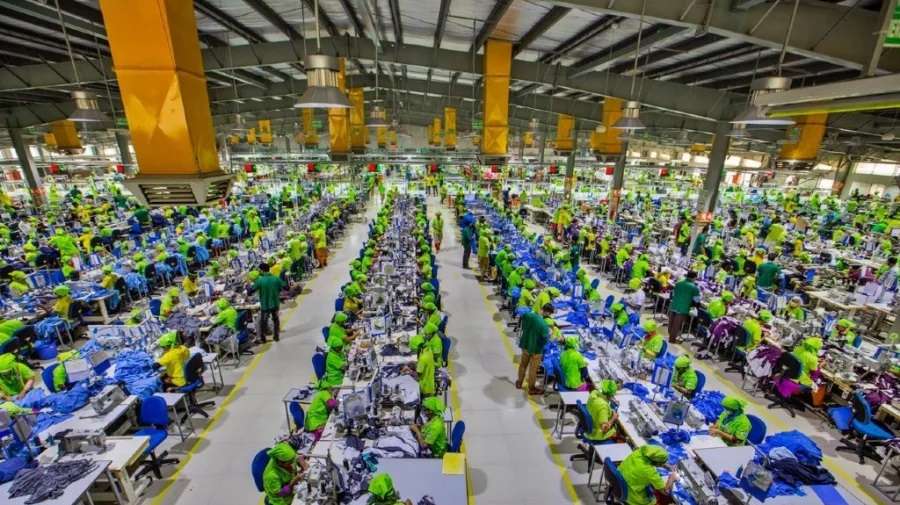Despite the 2013’s Rana Plaza factory collapse in Bangladesh, most consumers still turn a blind eye to the high cost that comes with cheap clothes. Despite best efforts by human rights organizations and environmental groups to change the status quo, a new research by McKinsey suggests that the worst is yet to come. This clearly shows that modern society has become increasingly desensitized to disaster.
The report found that while apparel has seen strong sales growth around the world, a burgeoning middle class in emerging markets has led to a spike in those countries. As a matter of fact, apparel sales in Brazil, China, India, Mexico and Russia are growing eight times faster than in Canada, Germany, the United Kingdom and the United States.
So if consumer spending increases particularly in developing countries and apparel manufacturers churn out cheaper, faster fashion without adopting a more ecologically-sound production process, the garment industry’s environmental footprint would grow bigger than ever, foresees McKinsey. At the rate things are moving, if 80 per cent of the population of emerging economies were to achieve the same clothing-consumption levels as the Western world, by 2025, carbon dioxide emissions would increase by 77 per cent and water consumption would surge by 20 per cent. And that’s before consumers’ post-purchase choices ever come into play.
Rooting out these problems will require businesses to measure sustainability performance across the entire supply chain, set goals for improvements, help suppliers to reduce their impact and hold suppliers accountable if they don’t. As per the report, 22 apparel brands have signed on to the Zero Discharge of Hazardous Chemicals (ZDHC) while more than 50 retailers and nearly 700 suppliers are involved in the Better Cotton Initiative (BCI).












